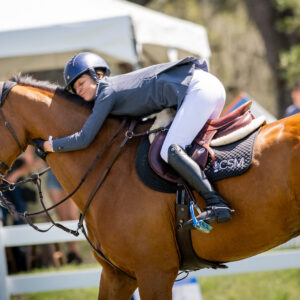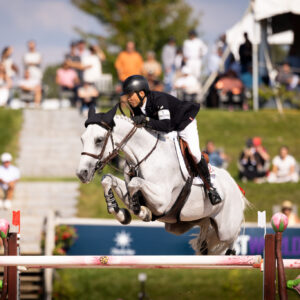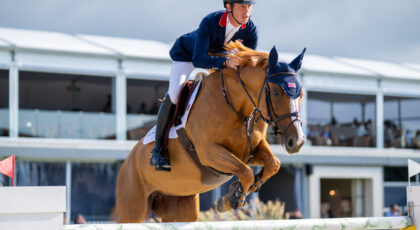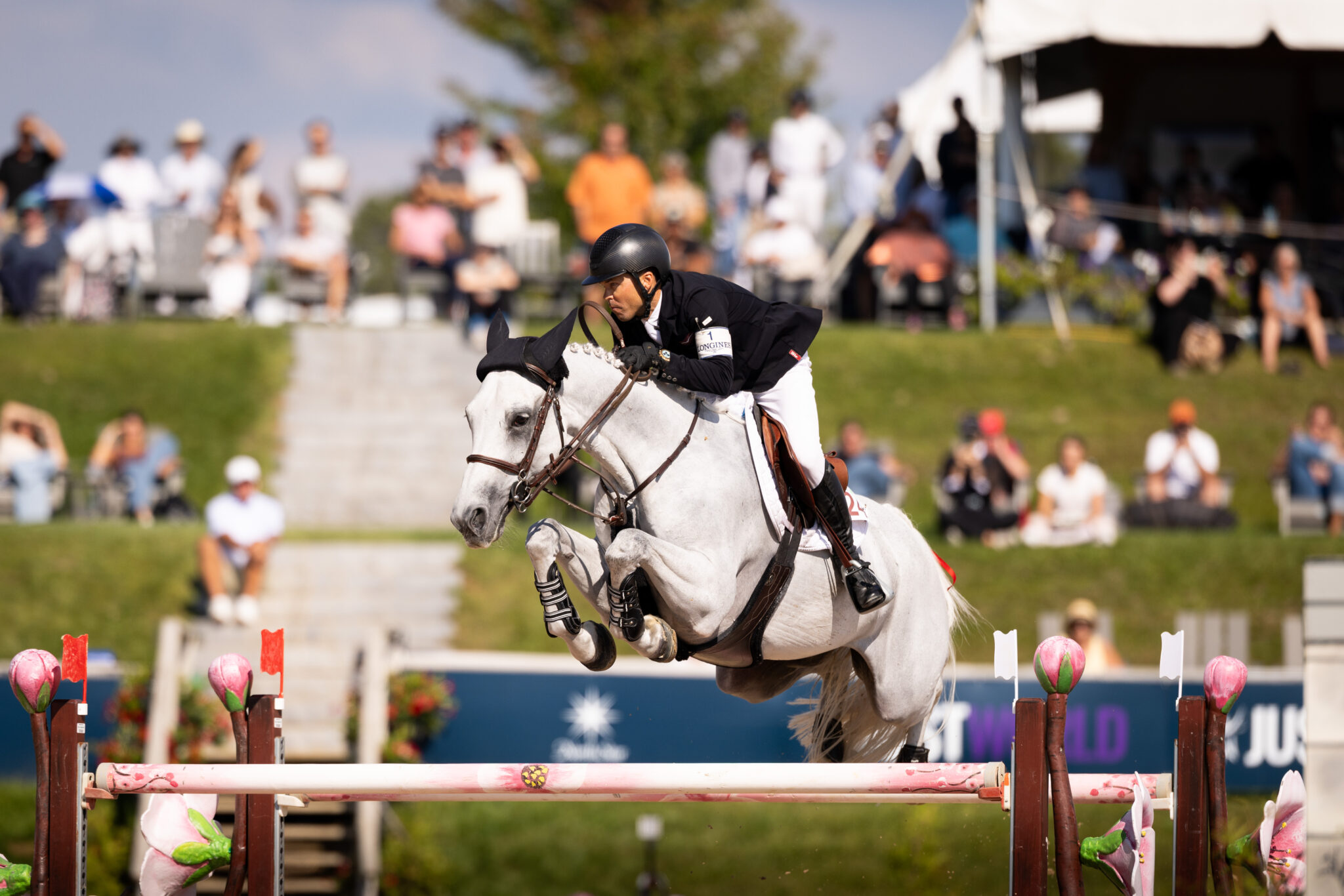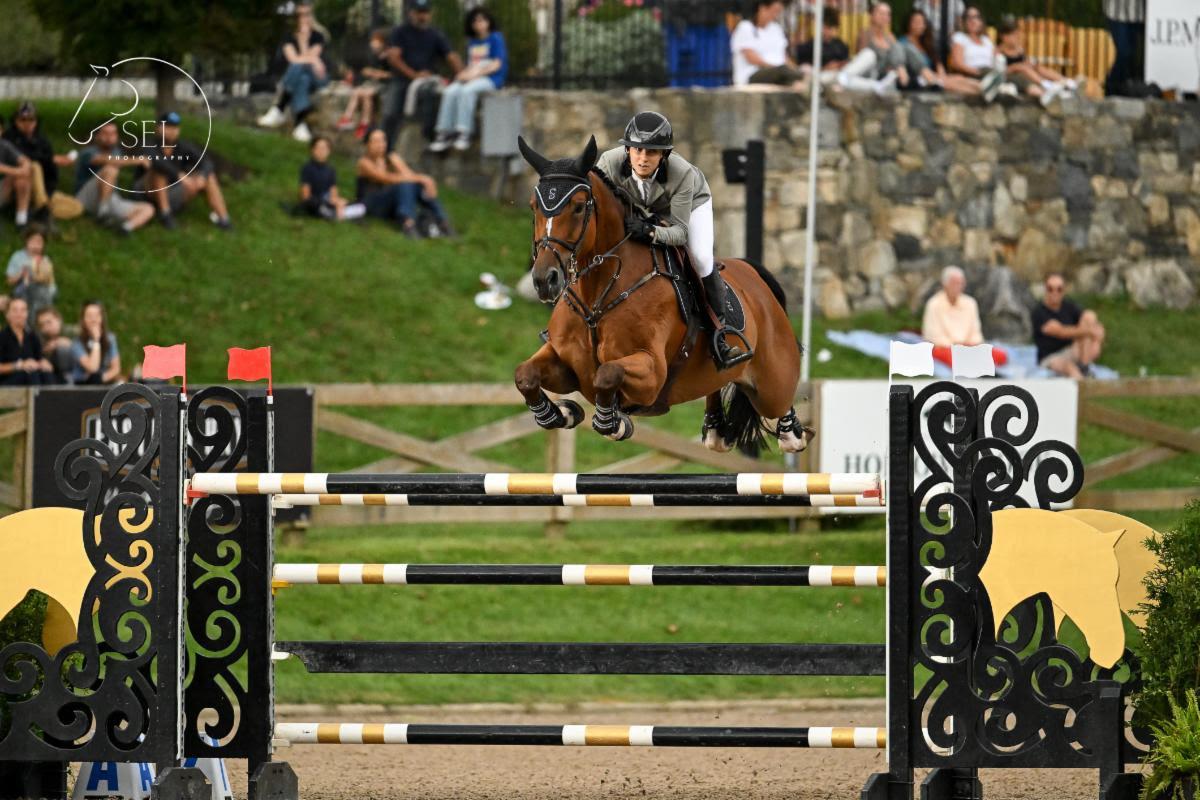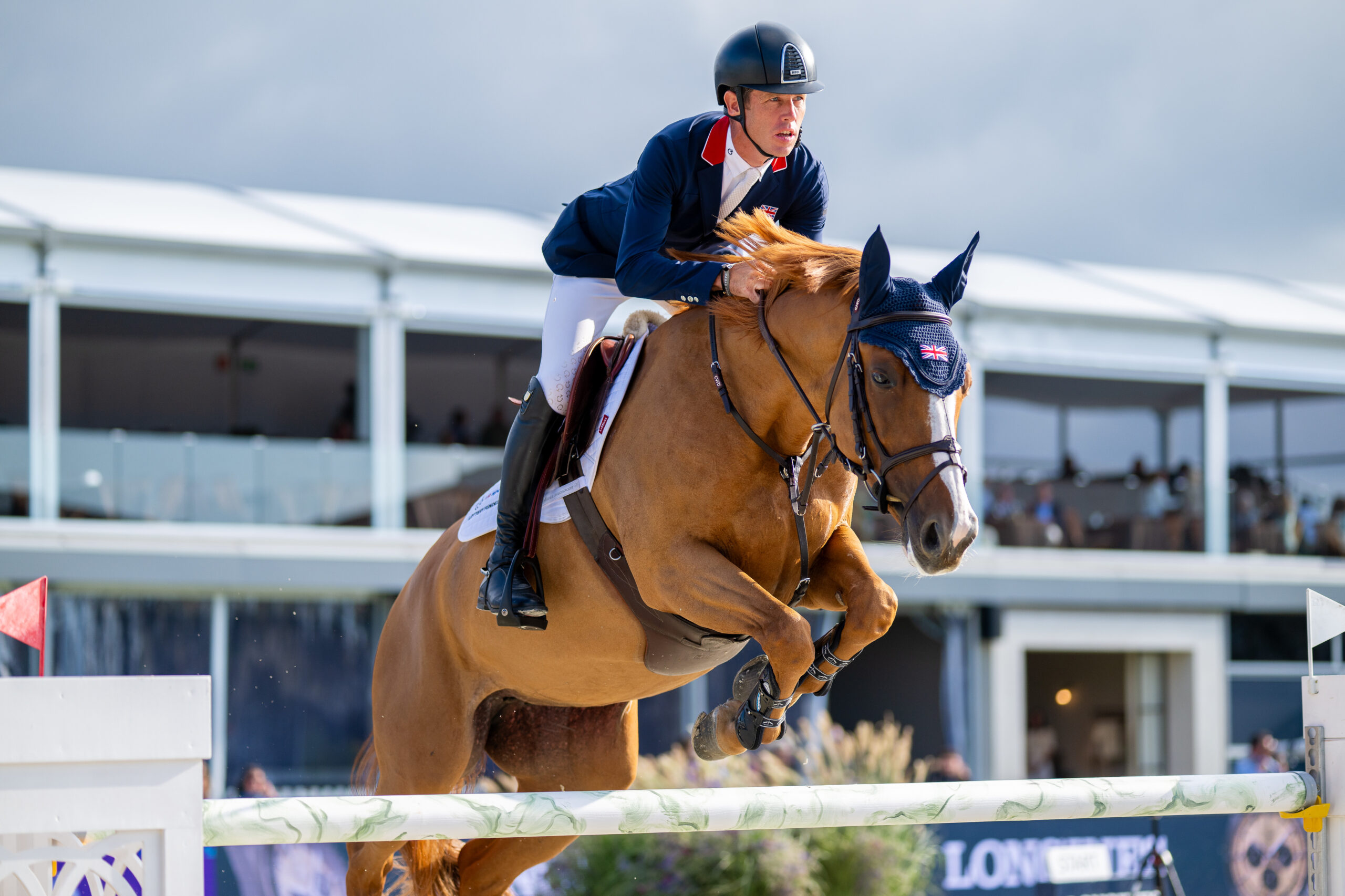You know how to communicate with your hairdresser so you don’t walk out looking like Frankenstein. Same for your dentist, veterinarian, doctor, manicurist, etc. But farriers are another breed.
After years of being a farrier client I ended up marrying one. It has been, shall we say, enlightening? Since you usually see him under your horse, talking in grunts, it can be hard to know what you need to do or say to maintain a healthy relationship. In the spirit of sharing, I’m giving you, fellow horse owner, the inside scoop on communicating with your farrier (apologies to the lady farriers out there—I’m only referring to a “he” because that’s what mine is).
1. Tell them the truth
You don’t want to admit you never pick your horse’s hooves (I don’t either), but he’s not in your barn every day and doesn’t know what’s really going on. He cannot do his best work if he doesn’t know what you do with your horse and how things are going. I know, sometimes it feels like he can’t possibly care about all of your insane observations about your baby (welcome to my world!), but he is listening and filtering out the tidbits that apply to his work. So feel free to spill all the details.
2. Don’t be accusatory
Farriers act like tough guys (and girls), but they take great pride in their work. When you call them up and say things like, “My horse lost a shoe because you didn’t put it on tight enough”, trust me, that is a good way to get under his skin. Yes, farriers are human (mostly) and they do make mistakes, but I can promise you that he is doing the best he can with the horse, hoof, and environment he’s working with. Approach the issue as a team and he’ll be much more willing to work with you.

3. Ask questions
Going-hand in-hand with #2, if something your farrier is doing looks weird go ahead and ask. He probably has a good reason for why he set the shoe like that, or why he just flat-out refuses to hot shoe your pony (spoiler alert: it’s because he he’d like to live to see tomorrow).
4. Take their advice
You’re paying him for his expertise. If he tells you to put bell boots on your horse, it’s not because he’s getting a kickback from Professional’s Choice. He wants your horse to keep his shoes on. This means he doesn’t have to stop by to tack one back on while you are giving him the stink eye (see #2), and it helps preserve the hoof wall. I get the same lecture when he gets home from a long day of work and sees some steel origami laying in the middle of the paddock and my gelding turned out with no boots on. The same goes for anything else he tells you to use (or not use). Taking his advice really will save you money in the long run.

©Flickr/RichardWalker
5. Be a good host
You do not need a fancy barn with a farrier area set up (although he won’t say no to the accommodations) to be a good host. But a shady spot, somewhere under cover, preferably with access to electricity and water, makes his job a lot easier. It also means he’s less likely to have to reschedule your horses if the weather is nasty. Having your horse confined, halter broke and reasonable to handle will also win you brownie points. Being a farrier is a dangerous job, and no one wants to take a chance of getting hurt. He is there to shoe your horse, not to train. If he has to train your horse, expect to pay for that service. If your horse is going to need sedatives, you probably already know that. Get them from the vet in advance and save everyone time and trouble.

I hope these tips help you to understand your farrier’s point of view. It’s a dirty, thrush-scented world he lives in, but if you can make it a little easier, he’ll be much more agreeable when you need that shoe tacked on at 8:00 PM on a Friday night. Probably. If all else fails, cookies and beer don’t hurt.
About the Author
Nancy Rich-Gutierrez is an IT professional and manages her husband’s company, HG Horseshoeing LLC. When she’s not busy with her full time job or running the office for her farrier, she’s chasing their 2-year old and riding her Arabian horses. You can check out the HG Horseshoeing blog at www.hghorseshoeing.com.

 August 26, 2016
August 26, 2016 







